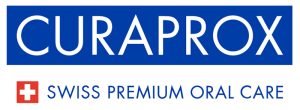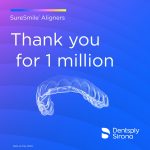Technology facilitates successful professional-patient communication,[i] enabling clinicians to better explain treatment, enhance the workflow and help more patients say ‘yes’ to treatment. And the digital equipment, systems and software being developed and produced only continue to improve, tackling many common challenges in dentistry and helping the dental team overcome them. Communication is a vital aspect of care – poor communication can cause a host of issues for the patient and the clinician. How do digital dental systems enhance conversation between clinicians and their patients?
The bedrock of dentistry
Good communication is imperative to safe, ethical and successful treatment. But usually, it is one of the hardest aspects of caring for patients and this is due to a range of reasons. ‘Communicating effectively with patients’ is one of the nine principles in the General Dental Council’s (GDC) Standards, but modern-day life makes communicating efficiently much more challenging. Due to the near-instantaneous access to online information, patients are able to gather information and form preconceptions regarding their desired treatment. While it helps to have patients who are well-informed and have done their research, misinformation is rife on the internet and there is very little that can be done to monitor it. As such, patients may desire a certain treatment pathway, such as a heavily invasive treatment like crowns, without considering what the implications could be further down the line.
According to the literature, good communication reduces the likelihood that a claim is made against a clinician, in addition to the ultimate success of treatment.[ii] It forms the bedrock of positive professional-patient relationships, and serves as an incredibly important tool within the clinical workflow.
The age of digital dentistry
The term ‘digital dentistry’ is broad and encompasses many different avenues of technology, from handheld tools to software, apps and equipment. While effective communication skills are a must as a clinician, these digital systems can help to enhance how clinicians interact, explain and demonstrate things to their patients. Every patient is different and so, for some, even the most thorough explanation of the treatment pathway can lead to misunderstanding – some patients may feel unable to ask questions, or others may feel so inundated by information that they refuse treatment.
In these scenarios, certain digital tools can help to simplify communication while ensuring that everything the patient needs to know is thoroughly communicated. For example, many intraoral scanners (IOS) have allowed clinicians to not only improve certain aspects of the impression taking workflow compared to conventional methods,[iii] but also involve patients more closely. Patients can view the pictures and videos captured by the IOS and discuss any concerns they may have – it is a brilliant tool for facilitating conversation and questions. With regards to oral health, there can sometimes be a dissonance between what the clinician says and the patient’s own understanding of their health – with digital systems like an IOS, patients can better appreciate the advice being given to them, as they can visualise the information in real-time.[iv]
More power to patients
Increasingly, clinicians are adopting more digitalised workflows within their practices, enjoying the abundance of benefits that come with it. These workflows allow the clinician to have more flexibility over what work they do in-house and what they send to the dental laboratory. In some cases, utilising an IOS cuts down on the number of treatment steps, and when combined with other digital systems such as design software, work can be designed there and then with input from the patient. Temporaries can then be printed or milled, drastically reducing the length of waiting time for the patient. This example of a digitalised workflow demonstrates how treatment can be streamlined, while maximising communication, as tweaks and changes can be made to the final outcome before any work has even commenced.
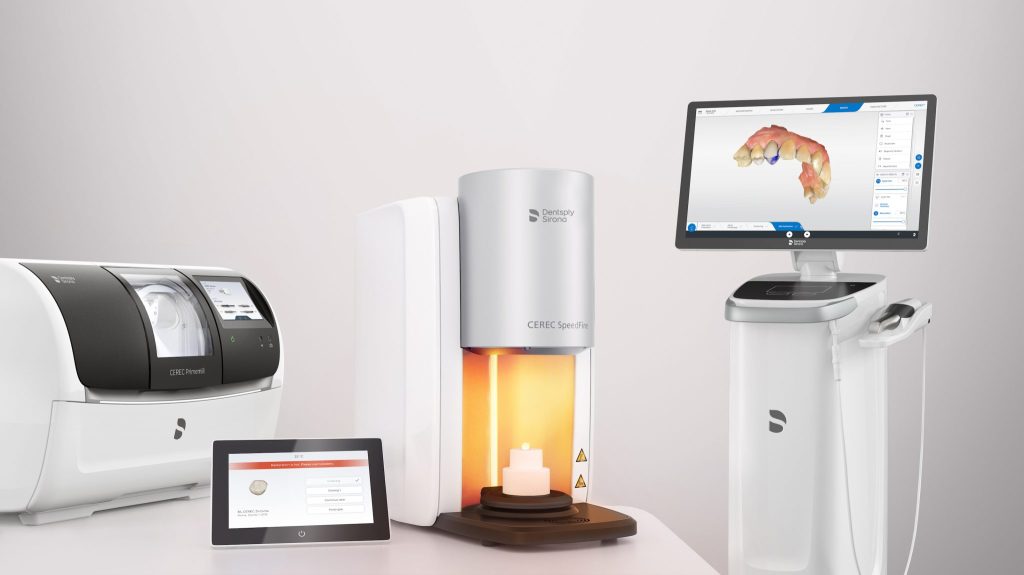
With digital systems, treatment can be made much more efficient,[v] comfortable for the patient[vi] and also significantly improve how information is communicated.[vii] As the technologies become more sophisticated, these facets of treatment are only going to continue to improve. Clark Dental is a proud supplier of a range of cutting-edge digital systems, designed to the highest standard of quality. The comprehensive portfolio includes the components of an entire digitalised workflow. Primescan intraoral scanner, Primeprint 3D printer and Primemill milling unit combine into one state-of-the-art process, enabling clinicians to expand their treatment offerings and clinical capabilities. Each system has been intelligently designed to enhance dentistry, improving the experience for the dental team and their patients.
The future looks bright
Innovative digital tools, software and equipment are able to totally transform dental treatment, supplementing the efforts of the clinician to support, educate and communicate effectively with patients. As systems improve over time, the incidences of miscommunication and subsequent complications further down the line will dramatically reduce, promoting a much higher quality of care for patients.
For more information call Clark Dental on 01268 733 146, email info@clarkdental.co.uk or visit www.clarkdental.co.uk
[i] Monterubbianesi, R., Tosco, V., Vitiello, F., Orilisi, G., Fraccastoro, F., Putignano, A. and Orsini, G. (2022). Augmented, Virtual and Mixed Reality in Dentistry: A Narrative Review on the Existing Platforms and Future Challenges. Applied Sciences, [online] 12(2), p.877. Available at: https://www.mdpi.com/2076-3417/12/2/877/htm [Accessed 4 May 2023].
[ii] Waylen, A. (2017). The Importance of Communication in Dentistry. Dental Update, [online] 44(8), pp.774–780. Available at: https://research-information.bris.ac.uk/en/publications/the-importance-of-communication-in-dentistry [Accessed 5 May 2023].
[iii] Chochlidakis, K.M., Papaspyridakos, P., Geminiani, A., Chen, C.-J., Feng, I.J. and Ercoli, C. (2016). Digital versus conventional impressions for fixed prosthodontics: A systematic review and meta-analysis. The Journal of Prosthetic Dentistry, [online] 116(2), pp.184-190.e12. Available at: https://www.sciencedirect.com/science/article/abs/pii/S002239131600041X [Accessed 5 May 2023].
[iv] Pentapati, K.-C. and Siddiq, H. (2019). Clinical applications of intraoral camera to increase patient compliance – current perspectives. Clinical, Cosmetic and Investigational Dentistry, [online] Volume 11, pp.267–278. Available at: https://www.dovepress.com/clinical-applications-of-intraoral-camera-to-increase-patient-complian-peer-reviewed-fulltext-article-CCIDE[Accessed 5 May 2023].
[v] Kattadiyil, M.T., Jekki, R., Goodacre, C.J. and Baba, N.Z. (2015). Comparison of treatment outcomes in digital and conventional complete removable dental prosthesis fabrications in a predoctoral setting. The Journal of Prosthetic Dentistry, [online] 114(6), pp.818–825. Available at: https://www.sciencedirect.com/science/article/abs/pii/S0022391315004382 [Accessed 5 May 2023].
[vi] Yilmaz, H. and Aydin, M.N. (2019). Digital versus conventional impression method in children: Comfort, preference and time. International Journal of Paediatric Dentistry, [online] 29(6), pp.728–735. Available at: https://onlinelibrary.wiley.com/doi/abs/10.1111/ipd.12566 [Accessed 5 May 2023].
[vii] Spagnuolo, G. and Sorrentino, R. (2020). The Role of Digital Devices in Dentistry: Clinical Trends and Scientific Evidences. Journal of Clinical Medicine, [online] 9(6), p.1692. Available at: https://www.ncbi.nlm.nih.gov/pmc/articles/PMC7356564/ [Accessed 5 May 2023].



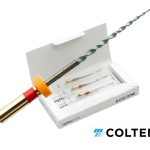



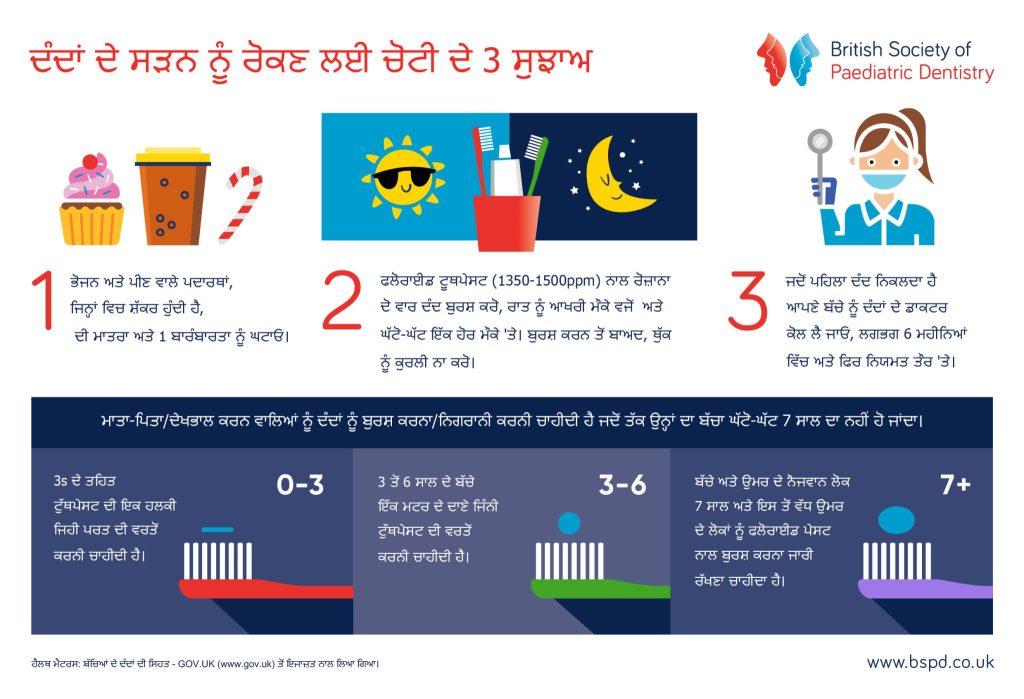
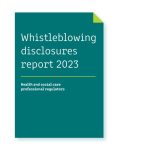




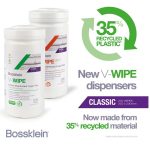

 Good brushing technique is crucial, of course, and the first building block of a daily routine. But for optimal plaque removal, which will significantly lower their risk of disease, interdental cleaning should be performed once a day using a quality tool to make the job easy. Interdental brushes are now a well-established alternative to string floss, which patients often found fiddly.
Good brushing technique is crucial, of course, and the first building block of a daily routine. But for optimal plaque removal, which will significantly lower their risk of disease, interdental cleaning should be performed once a day using a quality tool to make the job easy. Interdental brushes are now a well-established alternative to string floss, which patients often found fiddly.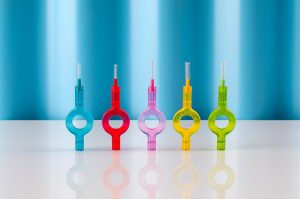 Eco-conscious patients may question being recommended a plastic product and leading oral health brands have recognised this. Curaprox, for example, has created an interdental tool where only the brush tip will need replacing, meaning less avoidable waste. Its CPS Prime interdental brush has a unique click handle system, placing the brush head into a reusable angulated holder that helps with positioning while minimising plastic waste. A durable, robust and long-lasting tool, it’s a cost-effective choice too. The brush has fine, long and resilient bristles, with different sizes available each colour-coded for convenience. To help you teach an optimised interdental routine, a chairside box is available, containing a probe to measure spaces, charts to record and share the measurements with patients, plus a selection of samples.
Eco-conscious patients may question being recommended a plastic product and leading oral health brands have recognised this. Curaprox, for example, has created an interdental tool where only the brush tip will need replacing, meaning less avoidable waste. Its CPS Prime interdental brush has a unique click handle system, placing the brush head into a reusable angulated holder that helps with positioning while minimising plastic waste. A durable, robust and long-lasting tool, it’s a cost-effective choice too. The brush has fine, long and resilient bristles, with different sizes available each colour-coded for convenience. To help you teach an optimised interdental routine, a chairside box is available, containing a probe to measure spaces, charts to record and share the measurements with patients, plus a selection of samples.